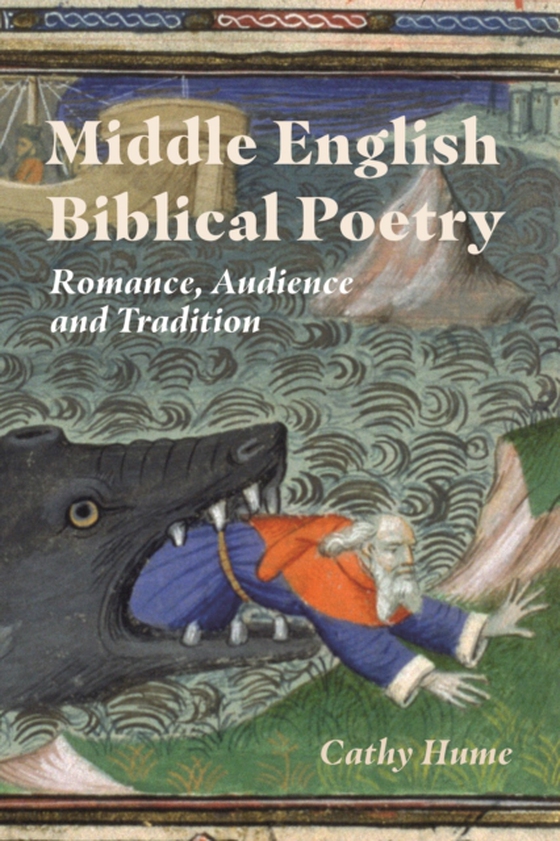
Middle English Biblical Poetry e-bog
253,01 DKK
(inkl. moms 316,26 DKK)
A new analysis of the neglected genre of medieval Biblical poetry.Medieval England had a thriving culture of rewriting the Bible in art, drama, and literature in Latin, French and English. Middle English biblical poetry was central to this culture, and although these poems have suffered from critical neglect, sometimes dismissed as mere "e;paraphrase"e;, they are rich, innovative and po...
E-bog
253,01 DKK
Forlag
D.S.Brewer
Udgivet
20 august 2021
Længde
208 sider
Genrer
Literary studies: ancient, classical and medieval
Sprog
English
Format
epub
Beskyttelse
LCP
ISBN
9781800103252
A new analysis of the neglected genre of medieval Biblical poetry.Medieval England had a thriving culture of rewriting the Bible in art, drama, and literature in Latin, French and English. Middle English biblical poetry was central to this culture, and although these poems have suffered from critical neglect, sometimes dismissed as mere "e;paraphrase"e;, they are rich, innovative and politically engaged. Read in the same gentry and noble households as secular romance, biblical poems borrow and adapt romance plots and motifs, present romance-inflected exotic settings, and share similar concerns: reputation, order, family and marriage. This book explores six poems from the thirteenth and fourteenth centuries that retell episodes from the Old Testament: the ballad-like Iacob and Iosep, two lives of Adam and Eve; an alliterative version of the Susanna story, the Pistel of Susan; and the Gawain-poet's Patience and Cleanness. Each chapter identifies new sources and influences for the poems, including from biblical glosses and manuscript illustration. The book also investigates the poems' relationships with contemporary cultures of literature and religion, including with secular romance, and offers new readings of each poem and its cultural functions, showing how they bridge the chasm between medieval Christian England and the Jews and pagans of the pre-Christian Mediterranean world. It also considers reading contexts, arguing that the poems and their manuscripts offer hints about the social class and gender of their household audiences.
 Dansk
Dansk

